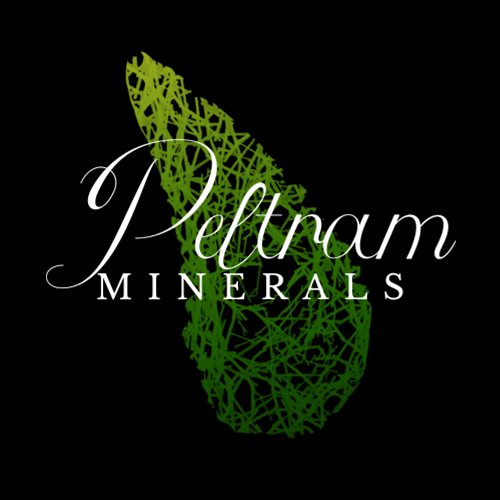Australian opal – Cabochon – Andamooka, Australia
Locality: Andamooka, Australia
Weight: 3,1g = 15,5ct
Dimensions: 2,9 x 1,6 x 0,5 cm
| Category: | Andamooka |
|---|
Australia is renowned worldwide as the most important source of high-quality opals. The quality of Australian opals is primarily due to their strong and pure play of color. Thanks to specific formation conditions, they often exhibit vivid, contrasting hues. This diversity is reflected in the many types of opals Australia offers—from black and boulder opals to crystal, white, and matrix opals. Australian opals are notably more durable and stable compared to many opals from other localities. Their naturally lower water content increases their ability to withstand temperature fluctuations and changes in humidity, which means they do not crack or dry out as easily, making them ideal for everyday wear in jewelry.
Formation
Australian opals typically form in sedimentary rocks, such as sandstones and clays, found in vast basins (for instance, the Great Artesian Basin—a massive underground water system spanning much of Australia’s interior). Silica-rich water gradually seeps into fine cracks or pores within these rocks. When this water evaporates or otherwise drains away, thin layers of silica remain in the cavities, which can eventually develop into opal.
Microscopic spheres of silicon dioxide (silica) play a key role: they arrange themselves into a regular three-dimensional “crystal-like” lattice. This structure creates the characteristic “play-of-color,” the iridescent effect visible in opal when light strikes it. The color and intensity of this effect depend on the size and arrangement of these spheres.
Deposits
Andamooka is a small mining town in South Australia, located about 600 kilometers north of Adelaide. It lies near the salt lake known as Lake Torrens, in a landscape characterized by an arid climate and harsh conditions. Nevertheless, in the 1930s, rich opal veins were discovered here, making Andamooka one of the oldest opal mining fields in Australia.
History
Though Andamooka is not as famous as Coober Pedy or Lightning Ridge, opal mining here has a long-standing tradition. Many of the mines remain family-run operations, often employing manual labor or small-scale machinery. In the past, Andamooka—like other Australian opal fields—drew adventurers seeking valuable opal seams in these tough conditions, hoping to discover a profitable find.
Types of Australian Opals
-
Black Opal (Black Opal)
The rarest and most valuable type of opal, renowned especially for the Lightning Ridge deposit in New South Wales. It has a dark body color (black, gray, or dark blue), which enhances the play of color. Black opals often exhibit the most intense color spectrum—including red, green, blue, and purple. -
Boulder Opal
Primarily mined in Queensland (northeastern Australia). It forms when opal fills thin veins in iron-rich sandstone or other types of host rock (“boulder”). This variety usually retains part of the original rock, creating a contrasting base. Boulder opals can have a darker tone, and therefore—similar to black opals—feature a vivid play of color. -
Crystal Opal
Characterized by a translucent or transparent background. In its raw state, it can sometimes appear nearly colorless, yet the iridescent flashes become apparent through a crystal-clear or milky base. Crystal opals are found across Australia, with larger quantities coming from Coober Pedy. -
White (Light) Opal
This type has a white or milky-white base color. It can exhibit colors as bright as those of black opals, though the light background often “mutes” the contrast, resulting in a less intense effect. White opal is especially common in Coober Pedy (South Australia) and is generally more affordable than black or boulder opals. -
Matrix Opal
A special variety in which opal is embedded within a porous host rock (e.g., sandstone or ironstone). After treatment (impregnation), the colors can become much more vibrant, as the darker substrate intensifies the opal’s play-of-color. Andamooka is chiefly known for these matrix opals—referred to as Andamooka Matrix—which, once treated, can resemble rare black opals from other localities.
Value
Opals from Andamooka are popular mainly for their relatively accessible prices and richly colored patterns. Nevertheless, high-quality pieces can still command substantial sums, especially those displaying intense color play or striking patterns (like a harlequin pattern).







